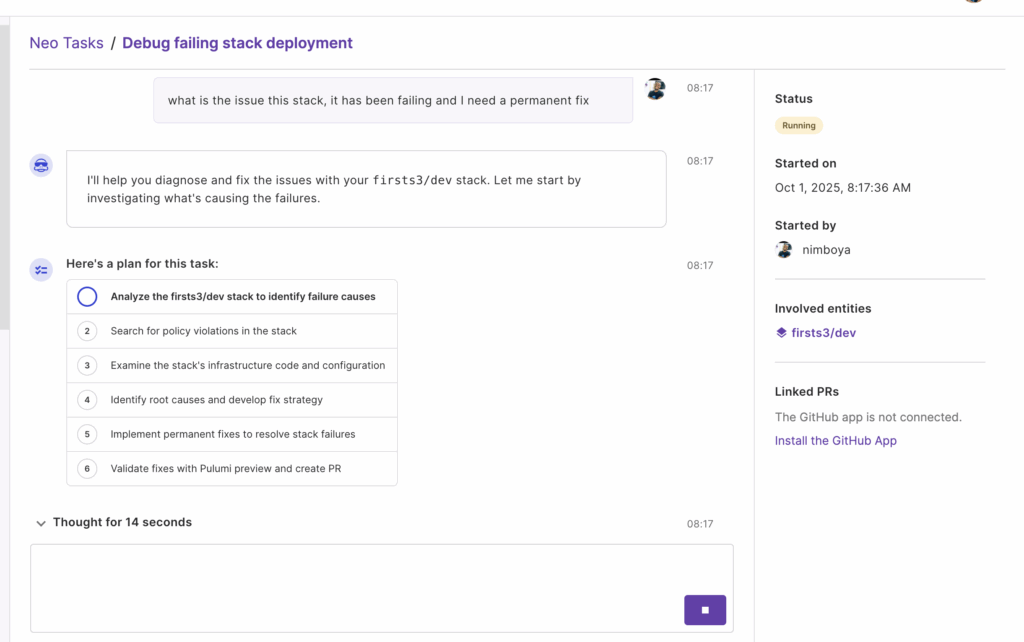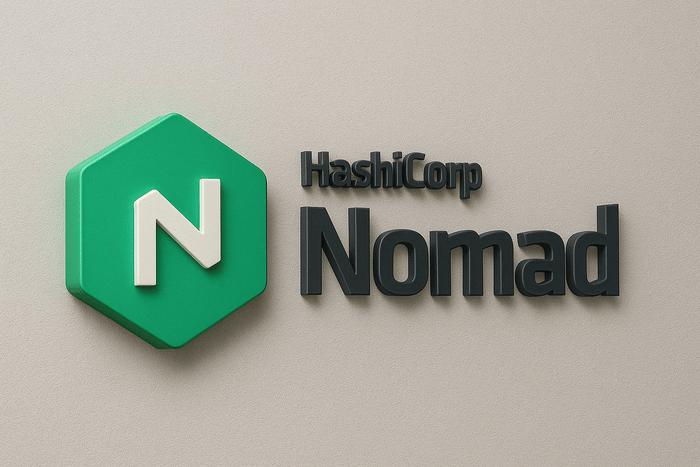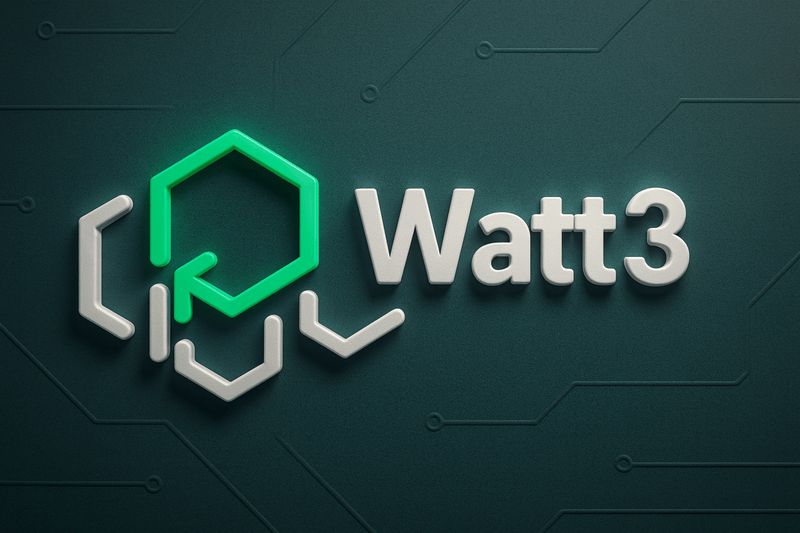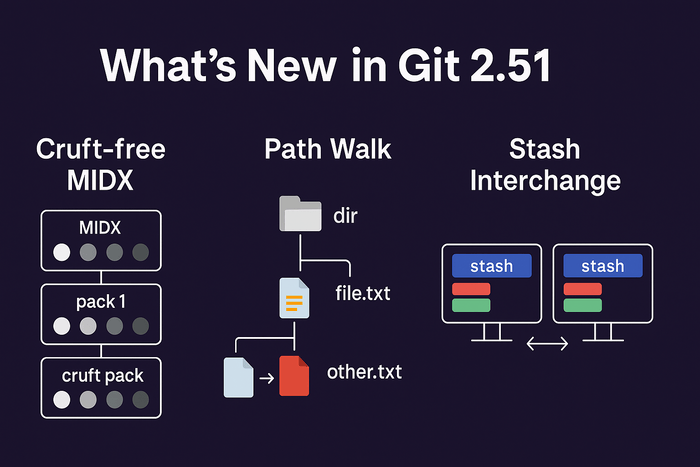In the world of infrastructure management, ClickOps is a highly discouraged method to manage the life cycle of your infrastructure because of the possible problems and issues it poses to the process. Inefficiencies, non-repeatable process, high cost of maintenance, and a long list of issues that comes with using ClickOps to manage infrastructure. It is usually the easier route when starting in Cloud infrastructure, but over time, it is not an effective solution, especially when their infrastructure is large and there are people on a team who need to manage the infrastructure from time to time. The system of managing infrastructure without clicking around an interface and using code instead is called Infrastructure as Code, or IaC for short.
In a previous post, Terraform was talked about as an option for IaC, this time we shall be looking at another IaC competitor that approaches infrastructure management from the perspective of the software developer using the languages they are familiar with making it easier for software engineers to adopt and move faster instead of learning HCL which is domain-specific to Terraform.
Pulumi is a modern Infrastructure as Code (IaC) platform that enables developers and engineers to define, deploy, and manage cloud infrastructure using general-purpose programming languages, such as Python, JavaScript, TypeScript, Go, and C#, as well as YAML. Unlike traditional IaC tools that rely on domain-specific languages (DSLs), Pulumi leverages familiar programming languages, making it more accessible and powerful for teams already skilled in these languages.
Pulumi bridges the gap between development and operations by allowing infrastructure to be treated as software. This means you can use the same tools, practices, and workflows for infrastructure as you do for application code, such as version control, testing, and CI/CD pipelines.
Real-World Applications of Pulumi
Pulumi is used across industries to manage cloud infrastructure efficiently. Here are some real-world applications:
- Multi-Cloud Deployments: Companies operating in multi-cloud environments (e.g., AWS, Azure, GCP) use Pulumi to define and manage infrastructure consistently across platforms. For example, a company might deploy a Kubernetes cluster on AWS while managing a database on Azure, all using a single Pulumi program.
- Modern Application Stacks: Pulumi is ideal for deploying modern application stacks, including microservices, serverless functions, and containerized applications. For instance, a team can use Pulumi to deploy a serverless API on AWS Lambda with DynamoDB for storage.
- DevOps and CI/CD Integration: Pulumi integrates seamlessly with CI/CD pipelines, enabling teams to automate infrastructure deployments alongside application code. This is particularly useful for organizations practicing DevOps.
- Infrastructure Modernization: Companies migrating legacy systems to the cloud use Pulumi to automate the provisioning of new infrastructure, ensuring consistency and reducing manual errors.
- Startups and Scaling: Startups use Pulumi to quickly spin up and scale infrastructure as their applications grow, without being locked into a single cloud provider.
Key Features of Pulumi
- General-Purpose Programming Languages: Pulumi allows you to write infrastructure code in languages like Python, TypeScript, Go, and C#. This eliminates the need to learn a new DSL and enables code reuse.
- Multi-Cloud Support: Pulumi supports all major cloud providers, including AWS, Azure, Google Cloud, and Kubernetes, allowing you to manage infrastructure across platforms.
- State Management: Pulumi uses a state file to track the current state of your infrastructure. This state can be stored in Pulumi’s managed service or your backend (e.g., S3, Azure Blob Storage).
- Component Resources: Pulumi enables you to create reusable components, abstracting complex infrastructure patterns into modular, shareable constructs.
- Secrets Management: Pulumi provides built-in support for managing sensitive data, such as API keys and passwords, securely.
- Policy as Code: With Pulumi’s CrossGuard feature, you can enforce compliance and security policies using code, ensuring infrastructure adheres to organizational standards.
- Integration with CI/CD Tools: Pulumi integrates with popular CI/CD tools like GitHub Actions, Jenkins, and GitLab, enabling automated deployments
How Pulumi is Used as an IaC for Managing Infrastructure Lifecycle
Pulumi simplifies the entire infrastructure lifecycle, from provisioning to updates and teardown. Here’s how it works:
Infrastructure Definition:
Define your infrastructure using code in your preferred programming language. For example, you can create an AWS S3 bucket using Python:
import pulumi
import pulumi_aws as aws
bucket = aws.s3.Bucket("my-simple-bucket")
pulumi.export("bucket_name", bucket.bucket)
Deployment:
Use the Pulumi CLI to deploy your infrastructure:
pulumi up
This command previews the changes and applies them, creating or updating resources as needed.
State Management: Pulumi tracks the state of your infrastructure, ensuring it matches the desired configuration defined in your code.
Updates and Scaling: Modify your code to update or scale resources. Pulumi intelligently determines the changes required and applies them incrementally.
Teardown: When resources are no longer needed, you can destroy them with:
pulumi destroy
Collaboration: Pulumi’s state management and version control integration enable teams to collaborate effectively on infrastructure projects.
Why Pulumi Stands Out
Pulumi’s unique approach to IaC offers several advantages:
- Developer-Friendly: Developers can use familiar programming languages, reducing the learning curve.
- Flexibility: Supports multi-cloud and hybrid cloud environments.
- Reusability: Components and libraries can be shared across teams and projects.
- Automation: Integrates with CI/CD pipelines for seamless deployments.
Conclusion
Pulumi is transforming the way teams manage cloud infrastructure by combining the power of general-purpose programming languages with the principles of Infrastructure as Code. Whether you’re deploying a simple web application or managing a complex multi-cloud environment, Pulumi provides the tools and flexibility to streamline your infrastructure lifecycle. Embrace Pulumi and unlock the full potential of modern cloud infrastructure management.
Infrastructure management extends beyond IaC; what about costs? Read basic activities you can apply to help optimize the cost of your EC2 instances on AWS.






